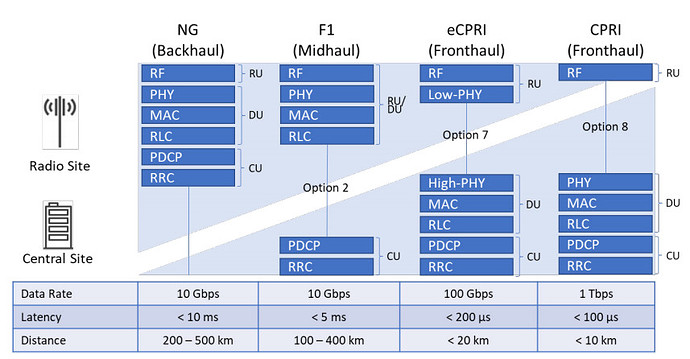For successful deployment of 5G, mobile network operators (MNOs) need transport technologies that can meet stringent throughput, latency and reliability requirements over increasingly densified networks. Innovations in 5G Backhaul Technologies highlights new innovative backhaul, midhaul and fronthaul transport technologies for 5G networks.
Source: Nokia
The fifth generation of wireless cellular (“5G”) is driving increasing demands on mobile operator networks, which are faced with the need to improve operational efficiency and reduce the time required to deliver new high-throughput, low-latency network architectures to support emerging use cases. New wireless options like Integrated Access and Backhaul (IAB) and significant advances in wireline like Hybrid Fiber Coax (HFC), Passive Optical Networks (PON), Ethernet, and Wave Division Multiplexing (WDM) can be used to efficiently and cost-effectively transport data between the 5G core network and the 5G radio access network.
Innovations in 5G Backhaul Technologies delves into these new 5G transport technologies, providing details into their specific advantages and disadvantages. Factors such as the specific application, deployment scenario, existing infrastructure and market situation are covered in deep detail. One such key innovation is Integrated Access and Backhaul (IAB), which was standardized in 3GPP Release 16 and will be further enhanced in Release 17. IAB re-purposes some of the existing spectrum used for the 5G radio air interface for backhaul purposes as well. This technology has generated strong interest in the mobile wireless industry, since IAB is expected to provide a cost-efficient and fast time-to-market backhaul solution.
Innovations in 5G Backhaul Technologies features a new, updated design .
